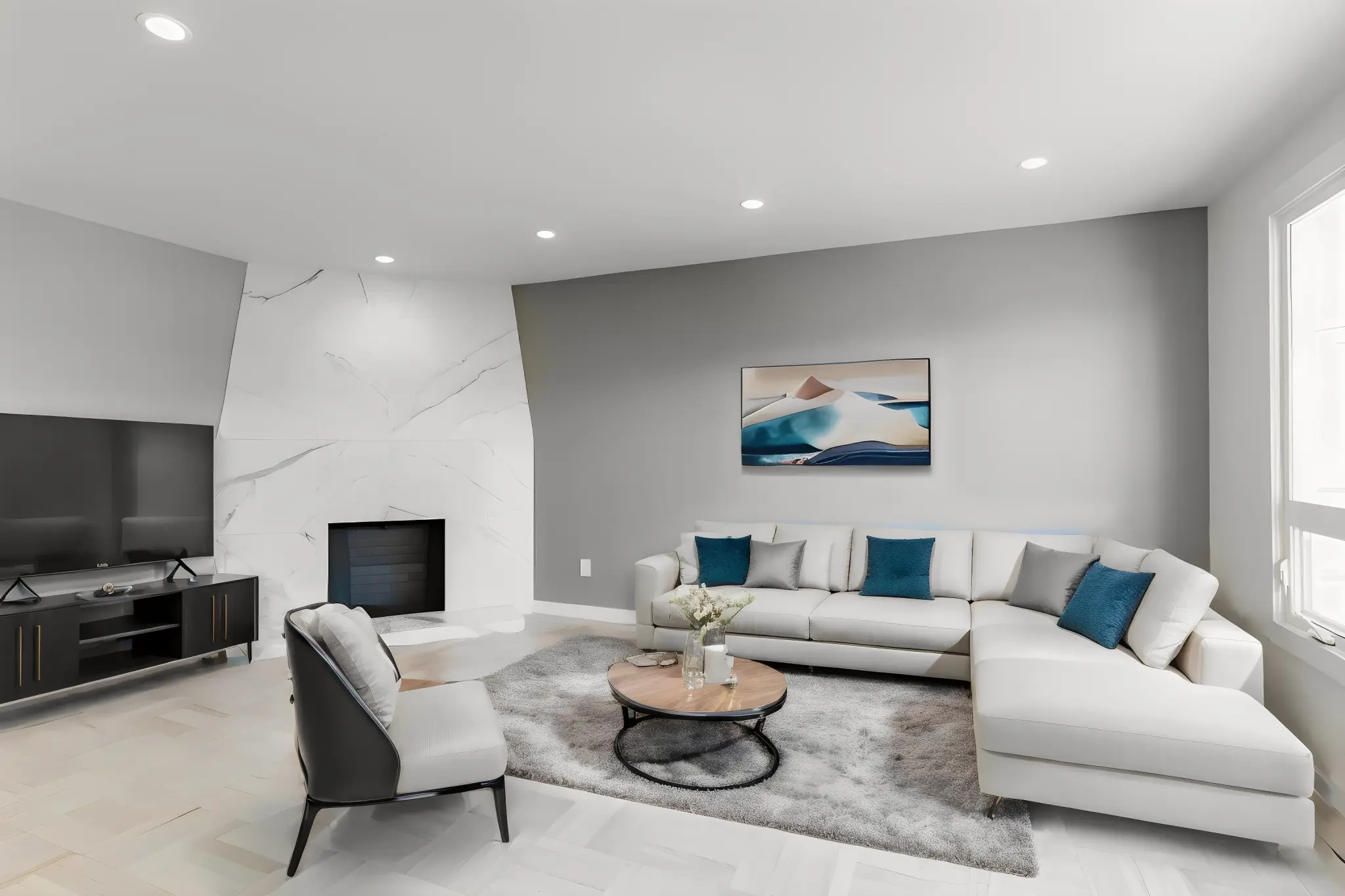As the world becomes increasingly digital, various industries are embracing the power of artificial intelligence to enhance their services. Interior design is no exception. The advent of AI tools for interior design has transformed how designers and homeowners approach creating functional, stylish spaces. These intelligent solutions are not just gimmicks; they are game-changers that offer innovative ways to visualize, plan, and execute design projects. Whether you’re a seasoned designer or a homeowner looking to refresh your space, understanding how AI can enhance your design process is crucial. This article will look into the ways AI tools are revolutionizing the interior design landscape, making it easier, faster, and more efficient to create beautiful, personalized spaces.
The Intersection of Technology and Creativity
At the heart of modern interior design lies a delicate balance between functionality and aesthetics. AI tools help bridge the gap between technology and creativity by offering solutions that streamline the design process while enhancing the overall outcome. By using data-driven insights and advanced algorithms, these tools can provide tailored recommendations, streamline workflows, and facilitate collaboration among stakeholders. This intersection of technology and creativity is reshaping how we conceptualize and implement interior designs.
Personalized Design Experience
- Customized Recommendations: AI tools can analyze user preferences and historical design trends to provide personalized suggestions. By understanding individual tastes, these tools can recommend color palettes, furniture styles, and layouts that resonate with the user’s unique vision.
- Virtual Reality and Augmented Reality: With the help of AI, designers can create immersive experiences that allow clients to visualize their spaces before making any changes. This technology enables users to “walk through” their designs in virtual reality or overlay digital elements onto their physical spaces through augmented reality, helping them make informed decisions.
Efficient Space Planning
- Intelligent Space Optimization: AI algorithms can analyze room dimensions and suggest optimal layouts that maximize functionality and flow. By considering factors such as traffic patterns and natural light, these tools can help designers make the most of limited space, ensuring that every square foot serves a purpose.
- Automated Floor Plans: Many tools can automatically generate floor plans based on user inputs. Users can simply input their room dimensions and desired layout, and the AI tool will create a detailed plan, saving time and reducing the margin for error.
Enhanced Design Collaboration
- Streamlined Communication: AI tools facilitate seamless collaboration between designers, clients, and contractors. Cloud-based platforms allow all stakeholders to access the latest designs, making it easier to share ideas and receive feedback in real time. This reduces the likelihood of miscommunication and ensures everyone is on the same page throughout the design process.
- Project Management: AI-driven project management tools can help designers track timelines, budgets, and resource allocation. By automating scheduling and task assignments, these tools free up valuable time for designers to focus on creativity and innovation rather than administrative tasks.
Sustainable Design Solutions
- Eco-Friendly Material Suggestions: As sustainability becomes a priority in design, AI tools can provide insights into eco-friendly materials and products. By analyzing various options, these tools can recommend sustainable choices that align with the user’s aesthetic preferences and environmental goals.
- Energy Efficiency Analysis: AI can help assess the energy efficiency of designs by analyzing factors such as insulation, window placements, and lighting. This information can guide designers in creating spaces that minimize energy consumption while maximizing comfort and style.
The Future of Interior Design with AI
The integration of AI tools is just the beginning of a new era in the industry. As technology continues to evolve, we can expect even more advanced features that enhance the design process. Here are a few trends to watch for:
- Increased Use of Machine Learning: As AI systems learn from user interactions and preferences, they will become even more adept at providing personalized recommendations and insights. This evolution will make the design process even more intuitive and tailored to individual needs.
- Smart Home Integration: The rise of smart home technology will likely lead to more AI tools that focus on creating designs that seamlessly integrate with smart devices. This will enable designers to create spaces that are not only beautiful but also functional and responsive to the user’s needs.
- Accessibility Features: AI tools are expected to evolve in ways that enhance accessibility for users with disabilities. By incorporating features that assist in creating universally designed spaces, these tools will help ensure that everyone can enjoy beautifully designed interiors.
New Possibilities with AI in Interior Design
The integration of AI tools into interior design is transforming the industry by making the design process more efficient, personalized, and sustainable. From personalized recommendations and intelligent space planning to enhanced collaboration and eco-friendly solutions, the benefits are numerous. As these tools continue to advance, the future of interior design promises to be more innovative and inclusive than ever before.
Whether you are a professional designer or a homeowner embarking on a renovation project, embracing the power of AI tools for interior design can better your experience and lead to stunning, functional spaces that truly reflect your style. Explore the world of AI in interior design today and unlock new possibilities for your next project!







